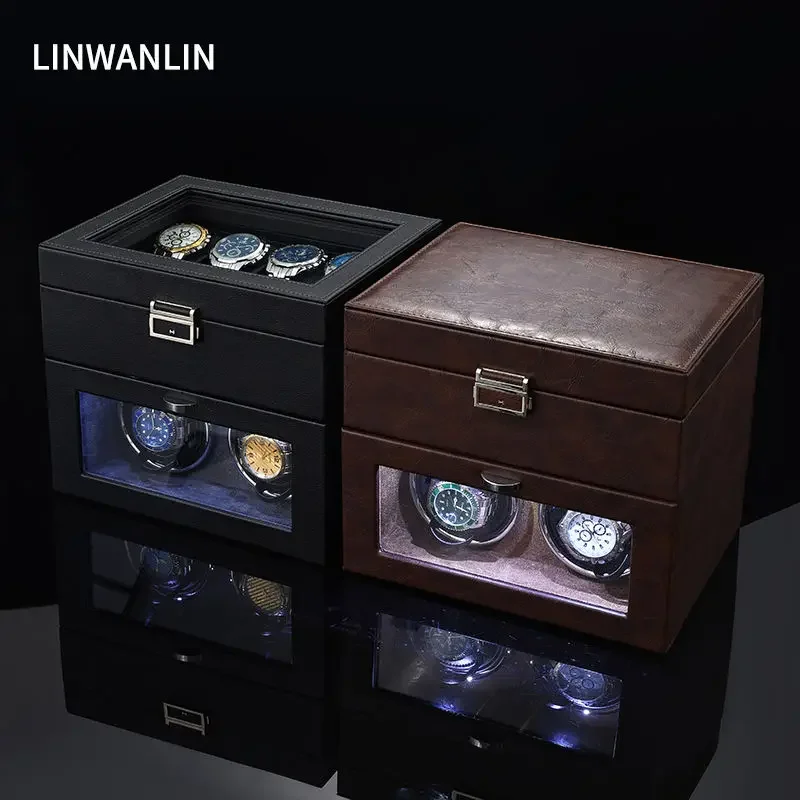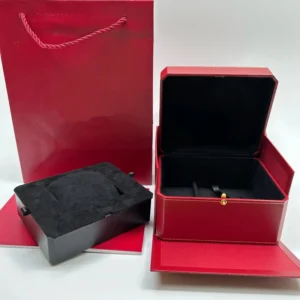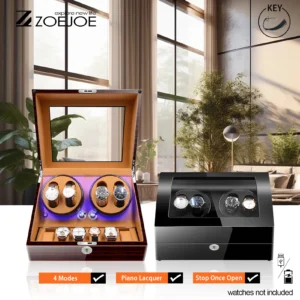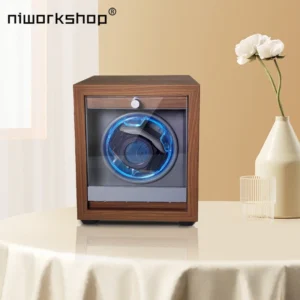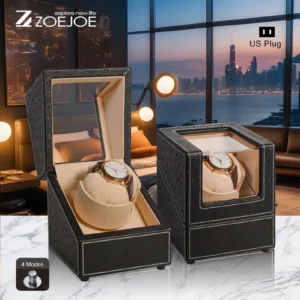The Purpose and Function of Watch Winders
A watch winder is a mechanical device designed to keep automatic watches running when they’re not being worn. Unlike quartz watches that run on batteries, automatic watches are self-winding timepieces powered by the natural motion of your wrist. Inside these watches, a weighted rotor spins as you move, winding the mainspring that stores energy to power the watch.
When an automatic watch isn’t worn, it eventually stops running—typically within 24-72 hours, depending on its power reserve. This is where watch winders come in. These devices simulate wrist movement by gently rotating the watch in various directions, keeping the mainspring wound and the watch running.
Key functions of watch winders include:
- Maintaining the power reserve in automatic watches
- Keeping complications (like date, day, moon phase) accurate
- Simulating natural wrist movement through controlled rotation
- Preventing lubricants from settling in one position
Watch winders come in various configurations, from simple single-watch models to elaborate multi-watch cabinets. More advanced watch winders offer programmable settings for rotation direction and turns per day (TPD), allowing customization based on specific watch requirements.
Do You Really Need a Watch Winder? A Quick Assessment
Before investing in a watch winder, it’s worth asking if you actually need one. While watch enthusiasts often debate their necessity, the truth is that winders are a convenience rather than an essential tool for most people.
Consider these questions to assess your need:
- Do you own multiple automatic watches that you rotate wearing?
- Do any of your watches have complex complications like perpetual calendars or moon phases?
- Are there automatic watches in your collection that you wear only occasionally?
- Do you find resetting the time and date on your watches bothersome?
If you answered “yes” to several of these questions, a watch winder might enhance your collecting experience. If not, you might be perfectly fine without one.
The decision ultimately comes down to balancing convenience against cost and understanding that proper watch collection storage planning involves more than just keeping watches running.
When to Use a Watch Winder: Beneficial Scenarios
For Collections with Multiple Automatic Watches
Watch collectors with several automatic timepieces often find winders indispensable. When you rotate between multiple watches throughout the week or month, a winder ensures each timepiece is ready to wear without requiring adjustment. Without a winder, watches not worn regularly will stop, requiring you to reset the time (and potentially other functions) before wearing.
For someone with 5+ automatic watches in regular rotation, winders save considerable time and hassle, ensuring that any watch in the collection can be picked up and worn immediately.
For Watches with Complex Complications
Some automatic watches feature intricate complications that are time-consuming and sometimes difficult to reset:
- Perpetual calendars that track the day, date, month, and sometimes leap years
- Moon phase displays that show the current phase of the lunar cycle
- Annual calendars that account for different month lengths
- Chronographs with multiple sub-dials and functions
Resetting these complications can be tedious and requires careful attention to detail. A perpetual calendar, for instance, might take 15+ minutes to reset properly if it’s been stopped for several days. Keeping such watches on winders maintains these functions continuously, eliminating the need for complex resetting procedures.
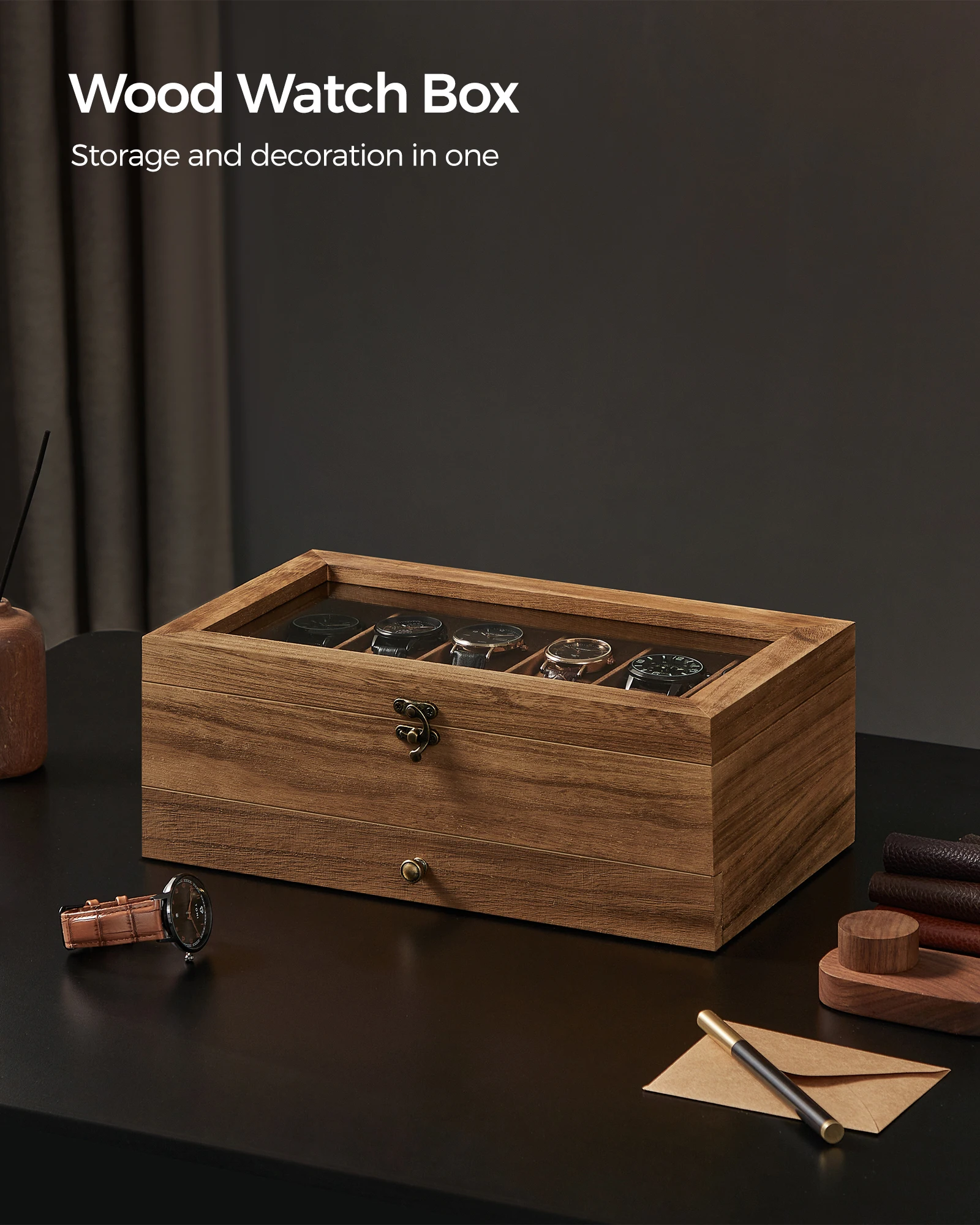
For Infrequently Worn Special Occasion Timepieces
Many collectors have special watches reserved for specific occasions or seasons. These timepieces might sit unworn for weeks or months at a time. Placing these watches on winders ensures they’re ready whenever needed, without requiring advance preparation.
This is particularly valuable for dress watches worn only for formal events or specialized watches used seasonally. The spontaneity of being able to wear any watch in your collection without planning ahead is a significant convenience.
For Display and Aesthetic Purposes
There’s an undeniable visual appeal to seeing the smooth sweeping seconds hand of an automatic watch in motion. Many luxury watch winders are designed not just as functional tools but as display pieces that showcase your timepieces while keeping them running.
For collectors who enjoy watching their timepieces in action or who display their collection in a home office or study, winders offer both practical functionality and aesthetic pleasure.
When Not to Use a Watch Winder: Unnecessary or Potentially Detrimental Cases
For Non-Automatic Watches (Quartz and Manual Movements)
Watch winders provide no benefit to quartz watches, which are battery-powered and don’t rely on movement to stay running. Similarly, manual-wind watches (which require hand-winding via the crown) should never be placed on winders, as they don’t have the self-winding mechanism that responds to motion.
If you’re unsure about your watch’s movement type, check the watch documentation or look at the seconds hand movement—automatic watches typically have a smooth sweeping motion, while quartz watches usually “tick” in distinct one-second increments.
For Daily-Wear Automatic Watches
If you wear the same automatic watch daily or nearly daily, a winder is unnecessary. Most automatic watches have a power reserve of 38-48 hours, meaning they’ll continue running even if left unworn overnight. The natural motion of wearing the watch for 8+ hours typically provides sufficient winding to maintain power.
Daily wear provides all the movement necessary to keep the watch functioning properly, making a winder redundant for your primary timepiece.
For Simple Automatic Watches Without Complications
For straightforward automatic watches that only display the time and perhaps the date, the convenience benefit of a winder is minimal. Setting these watches takes just a minute or two—hardly a significant inconvenience that justifies the cost of a winder.
The time investment of setting a simple watch (about 30-60 seconds) versus a complicated one (potentially 15+ minutes) makes the convenience argument much less compelling for uncomplicated timepieces.
For Vintage or Delicate Movements
Older watches or those with delicate movements might be better off resting when not worn. Vintage timepieces often use different lubricants than modern watches, and these older oils may respond differently to continuous motion.
For valuable vintage pieces, consult with a watchmaker before using a winder. Some experts recommend allowing these watches to rest occasionally rather than keeping them in perpetual motion.
Watch organizing techniques for collections that include vintage pieces often involve different approaches than for modern watches.
Common Watch Winder Myths: Separating Fact from Fiction
Myth: Watch Winders Cause Excessive Wear
Fact: Modern automatic watches are engineered for continuous operation. Quality winders that rotate watches intermittently (rather than constantly) closely mimic natural wearing patterns and don’t cause premature wear to the movement.
However, there is an important distinction between proper winders and low-quality ones. Poor-quality winders may rotate too frequently or violently, potentially causing stress to the movement. When selecting a winder, look for those with programmable turns per day and smooth, quiet operation.
Myth: Continuous Running Keeps Lubricants Distributed
Fact: While there’s some truth that movement helps distribute lubricants within a watch movement, modern synthetic lubricants are designed to perform well whether the watch is running or not. These lubricants degrade primarily due to time rather than lack of movement.
Many professional watchmakers point out that regular servicing (typically every 5-7 years) is far more important for maintaining proper lubrication than keeping the watch constantly running. A watch on a winder will still require the same service intervals as one that spends time at rest.
Myth: Watch Winders Prevent Magnetization
Fact: Watch winders have no impact on preventing magnetization, which occurs when watches are exposed to magnetic fields from electronics, speakers, or other sources. In fact, some poorly shielded electric winders might actually create magnetic fields that could affect watches.
The best protection against magnetization is keeping watches away from strong magnetic sources and having a watchmaker demagnetize affected timepieces.
Understanding the technical aspects of TPD in watch winders helps dispel many of these myths with factual information.
Key Factors to Consider Before Purchasing a Watch Winder
Collection Size and Composition
When deciding whether to invest in a watch winder, consider:
- The number of automatic watches in your collection (generally, 3+ automatics might justify a winder)
- The ratio of automatic vs. quartz or manual watches
- Whether to invest in single or multi-watch winders based on collection size
- Future collection growth and scalability needs
Watch Complexity and Value
The complexity and value of your watches should influence your decision:
- Highly complicated watches benefit most from continuous running
- Higher-value watches often justify the investment in quality winders
- Consider the time investment required to reset complicated watches
- Balance the winder cost against the convenience provided
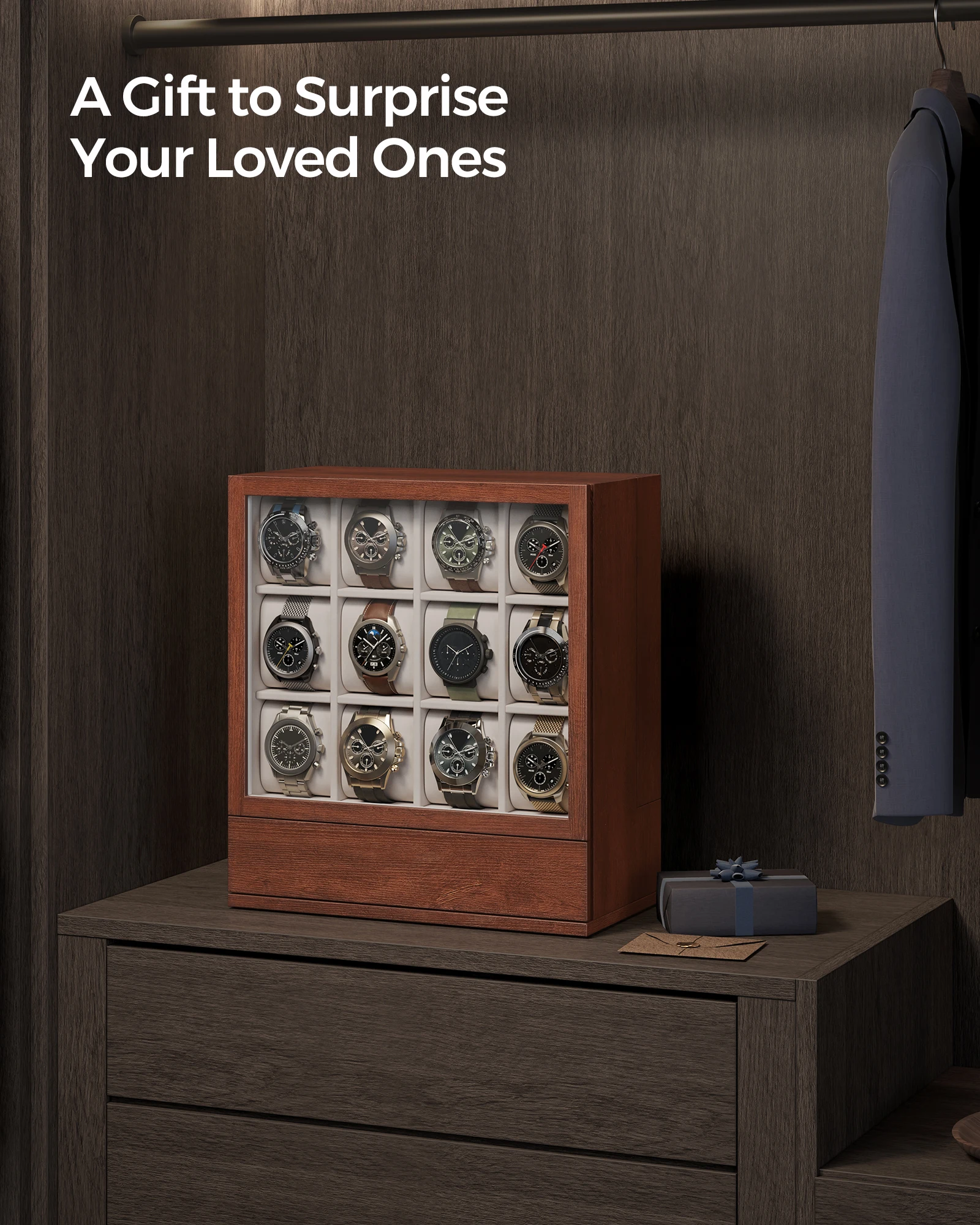
Personal Wearing Patterns
Your unique habits play a crucial role in determining winder necessity:
- Track how frequently you wear each watch in your collection
- Consider seasonal variations (some watches might be worn more in summer vs. winter)
- Assess your rotation schedule and whether watches regularly reach the end of their power reserve
- Evaluate how much the convenience of grab-and-go watches matters to your lifestyle
Quality and Features of the Winder
If you decide to purchase a winder, prioritize these features:
- Adjustable TPD (turns per day) settings to match specific watch requirements
- Direction options (clockwise, counterclockwise, bidirectional)
- Quiet operation, especially for winders kept in bedrooms
- Timer functions that alternate between winding periods and rest periods
- Quality construction with soft watch cushions that fit various bracelet/strap sizes
Automatic watch winders with these features provide the optimal balance of functionality and watch protection.
Proper Watch Winder Settings for Different Watch Brands
Understanding the correct settings for your specific watches is crucial for proper winder use. TPD (turns per day) refers to how many rotations the watch should complete in a 24-hour period to maintain optimal winding.
Different watch movements have different TPD requirements:
| Watch Brand | Typical TPD Range | Recommended Direction |
|---|---|---|
| Rolex | 650-800 | Bidirectional |
| Omega | 650-800 | Bidirectional |
| Seiko | 500-800 | Bidirectional |
| Patek Philippe | 600-800 | Bidirectional |
| Audemars Piguet | 800-1000 | Bidirectional |
| Breitling | 650-800 | Clockwise |
| Tag Heuer | 600-800 | Either direction |
Using incorrect settings won’t typically damage a modern watch but may result in under-winding (watch stops) or inefficient operation. When in doubt, consult your watch manual or the manufacturer’s website for specific recommendations.
For detailed guidance on programming your device, refer to our watch winder setup guide with step-by-step instructions.
Alternatives to Watch Winders: Other Storage Solutions
Manual Maintenance Routine
If you decide against using winders, consider establishing a regular maintenance routine:
- Wind unworn automatic watches once every 1-2 weeks (about 20-30 crown turns)
- Use gentle, steady pressure when winding
- Stop winding when you feel resistance (overwinding is prevented in modern watches, but forcing the crown can cause damage)
- Set and adjust the time/date periodically to ensure functionality
Watch Boxes and Storage Cases
Quality watch boxes provide excellent protection without keeping watches running:
- Store watches dial-up or crown-up to minimize positional error
- Consider humidity control for long-term storage (silica gel packets or humidity meters)
- Keep storage areas at stable room temperature, away from direct sunlight
- Choose boxes with individual cushions that support watches properly
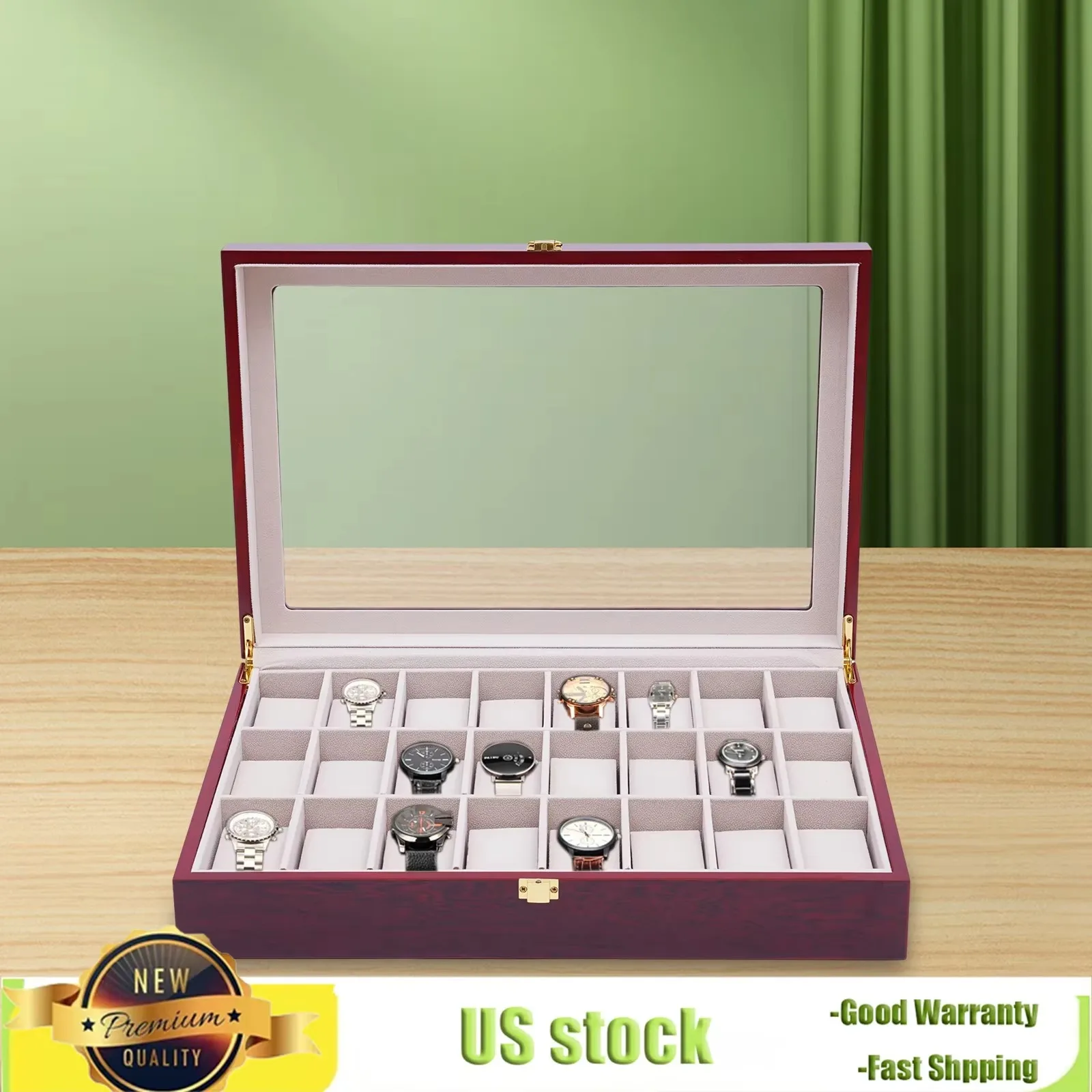
Watch Rotation Systems
Create a systematic approach to wearing your collection:
- Develop a calendar system to rotate through watches regularly
- Track which watches need winding based on their power reserve
- Consider setting reminders to wear specific watches before they stop running
- Use digital tools or simple notebooks to track wearing patterns
Luxury Watch Boxes, Men's Watch Boxes, Single Watch Box
Price range: $903.35 through $980.97 Select options This product has multiple variants. The options may be chosen on the product pageAutomatic Watch Winder, Luxury Watch Winder, Single Watch Box
$307.39 Select options This product has multiple variants. The options may be chosen on the product pageLuxury Watch Boxes, Luxury Watch Travel Case
Price range: $200.33 through $224.57 Select options This product has multiple variants. The options may be chosen on the product page4 Watch Winder, 6 Watch Box, Automatic Watch Winder
$512.31 Select options This product has multiple variants. The options may be chosen on the product pageAutomatic Watch Winder, Single Watch Winder, Wooden Watch Holder
$201.76 Select options This product has multiple variants. The options may be chosen on the product pageAutomatic Watch Winder, Leather Watch Travel Case, Single Watch Winder
$146.30 Select options This product has multiple variants. The options may be chosen on the product page
How to Choose a Quality Watch Winder if You Decide to Purchase
If you’ve decided a watch winder makes sense for your collection, prioritize quality over price. A poor-quality winder may damage watches or fail prematurely.
Key features to look for:
- Motor Quality: Japanese Mabuchi motors or equivalent quality brands provide reliable, quiet operation
- Cushion Design: Flexible cushions that accommodate different watch sizes and bracelet configurations
- Programmable Settings: Adjustable TPD and directional rotation options
- Power Options: Both AC adapters and battery backup options for continuous operation
- Construction Materials: Solid wood or quality metals rather than cheap plastics
- Noise Level: Nearly silent operation, especially important for bedroom placement
- Capacity Planning: Consider future collection growth when determining winder capacity
Quality winders typically start around $100 for basic single-watch models, with premium multi-watch winders ranging from $300 to several thousand dollars depending on capacity and features.
For those just starting with winders, a quality single watch winder is often a good entry point before investing in larger systems.
Additional storage concepts can be explored through our guide on watch storage ideas for collectors to develop a comprehensive approach.
Making Your Final Decision: Is a Watch Winder Right for You?
After considering all factors, remember that the decision to use a watch winder is ultimately personal and should be based on your specific collection and habits. There’s no universally “correct” answer.
For many collectors, winders provide meaningful convenience and enjoyment, keeping special timepieces ready to wear and visible as part of a collection display. For others, the ritual of manually winding and setting a watch before wearing it is part of the pleasure of ownership.
The primary value proposition of watch winders is convenience—they eliminate the need to reset watches that have stopped, which is particularly valuable for complicated timepieces. However, they’re rarely essential for the health of modern watches.
Consider starting with a single quality winder for your most complex or frequently worn watch, then expanding if you find the convenience valuable. This measured approach allows you to assess the real-world benefit before making a larger investment.
Ultimately, the best approach is one that enhances your enjoyment of the watches you’ve chosen to collect, whether that includes winders or not.

